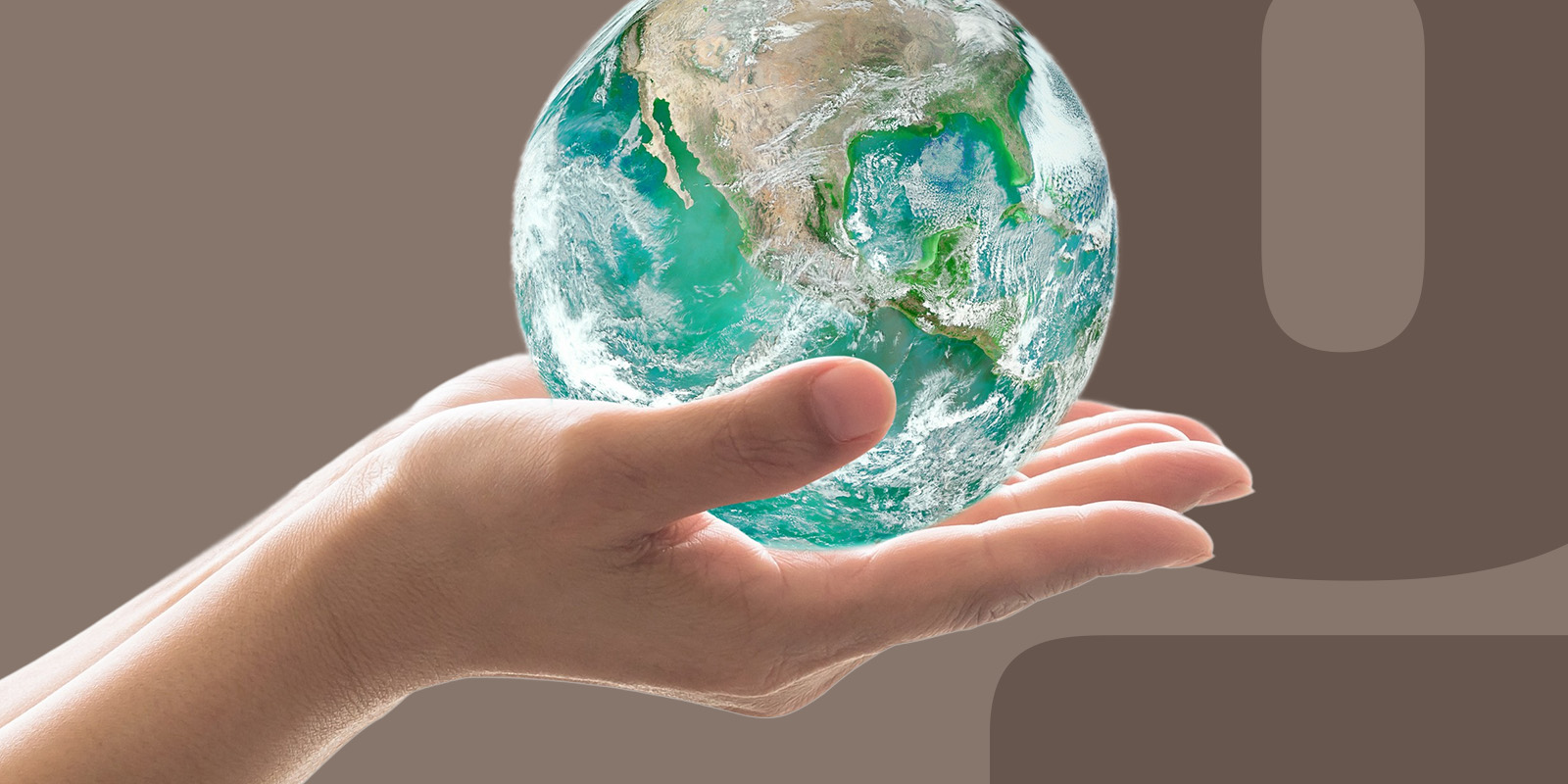
Why is Biodiversity Important to Ecosystems?
We are reader-supported. When you buy through links on our site, we may earn affiliate commission.
Environmentalists widely accept the new geological epoch called the Anthropocene. The term signifies humanity’s effects on the global ecosystem, from its resources to species. Many individuals understand their connection to ecological degradation from the polar bear model.
Scientists and environmental advocates highlighted arctic bears’ endangerment status, displaying society’s effects on climate change and biodiversity. As our concern for species’ extinction rose, we searched for effective conservation methods. Before assessing the ways to protect the climate and global ecosystem, evaluating biodiversity independently is essential.
What is Biodiversity
Biodiversity signifies Earth’s variety of species. It includes all living things, from domestic pets to microbes. Environmentalists also recognize humanity as part of the planet’s biodiversity.
Studying biodiversity is crucial when evaluating climate change prevention tactics. It helps individuals understand their place in the system they degrade. Without a variety of species on Earth, humanity will also suffer adverse effects.
Humans influence the stability of other species, and species affect humanity in return. Society relies on biodiversity for agricultural production, air purification and even marine tourism employment. If we continue causing endangerment and extinction in the Anthropocene, our vital resources and the necessary environmental conditions may dissipate.
When society increases its awareness of biodiversity’s impacts on the ecosystem, it may disrupt the process and improve conservation efforts. Before evaluating the ecological preservation tactics, we must additionally investigate how biodiversity affects the ecosystem.
How Biodiversity Affects the Ecosystem
Each living being in the global ecosystem plays a crucial role in maintaining life-sufficient conditions on Earth. When one species becomes extinct, it sends a ripple effect of environmental degradation around the planet. The harmonious connection between creatures, even predators and prey, is essential to Earth’s stability.
North America is home to 15% of the world’s endangered bat species. The winged creatures face extinction from human-induced habitat destruction, roost disturbances and forced migration. As bat populations decline, local ecosystems experience drastic alterations.
Many bats rely on insects as their primary nutrient source. As they become endangered or extinct, the bug population will increase. Humanity may face an increased risk of insect-transmitting diseases like malaria without bats.
Some bat species also pollinate, expanding regional vegetation growth. Without them, areas may experience a decline in greenery, reducing other species’ habitat accessibility. Bugs also play a crucial role in the agricultural industry, supporting the global food supply.
Arthropods are small creatures residing in soil, feeding off bacteria and dead plant matter. Springtails and oribatid turtle-mites travel around roots, consuming fungi and protecting vegetation from fatal bacterial effects. Other bugs act as shredders, decomposing a repurposing dead plant matter, maintaining sufficient soil compositing.
Humanity relies on the minuscule creatures to preserve soil nutrient levels in agricultural regions. We may effectively support global nutrient needs with the help of arthropods. If the soil-residing bugs become extinct, society will struggle to produce enough food, causing fatal health effects.
Without arthropods, soil may become susceptible to erosion, altering Earth’s topography. Individuals can preserve endangered species and the global ecosystem by practicing sustainability.
How Humanity Impacts Biodiversity
The most significant biodiversity disruptor is climate change. Humanity directly causes environmental changes, creating adverse effects for all species. Nearly 80% of our power supply in the U.S. comes from fossil fuels.
During combustion, the energy sources release greenhouse gases into the atmosphere. The pollutants change the atmosphere’s composition and Earth’s ability to create life-sufficient surface temperatures. The global ecosystem relies on a strategic heat production process, maintaining its stability.
Naturally, Earth produces heat from solar radiation, warms its surface, absorbs excess energy and sends it to space. Greenhouse gases have a heightened sunlight-to-heat conversion rate, increasing surface-level warmth. They also contain additional energy in the atmosphere, filtering it back through the heat production process.
Over time, human-induced emissions raise Earth’s temperature and create adverse ecological effects. As temperatures increase, the evaporation rate follows, causing water displacement. Some regions experience higher precipitation rates as a result, while others feel the detrimental effects of elongated drought periods.
Changing environmental conditions may cause forced migration, placing various species in danger. Clear-cutting also impacts the global ecosystem’s stability. When the demand for agricultural production increases, farmers must make room for more crops and livestock grazing space.
Earth relies on trees to prevent atmospheric pollution. A single tree can filter 48 pounds of greenhouse gas emissions annually, protecting oxygen-reliant species. When we remove vegetation, we create various adverse effects on the global ecosystem, limiting humanity’s ability to survive.
How You Can Support Biodiversity and the Environment
Society can effectively preserve biodiversity and the global ecosystem by preventing climate change. Adopting sustainable technology, like solar panels, can reduce emissions and the enhanced greenhouse effect. Individuals may additionally limit the demand for clear-cutting by growing their own food and consuming a plant-based diet.
Share on
Like what you read? Join other Environment.co readers!
Get the latest updates on our planet by subscribing to the Environment.co newsletter!
About the author
Jane Marsh
Starting from an early age, Jane Marsh loved all animals and became a budding environmentalist. Now, Jane works as the Editor-in-Chief of Environment.co where she covers topics related to climate policy, renewable energy, the food industry, and more.





